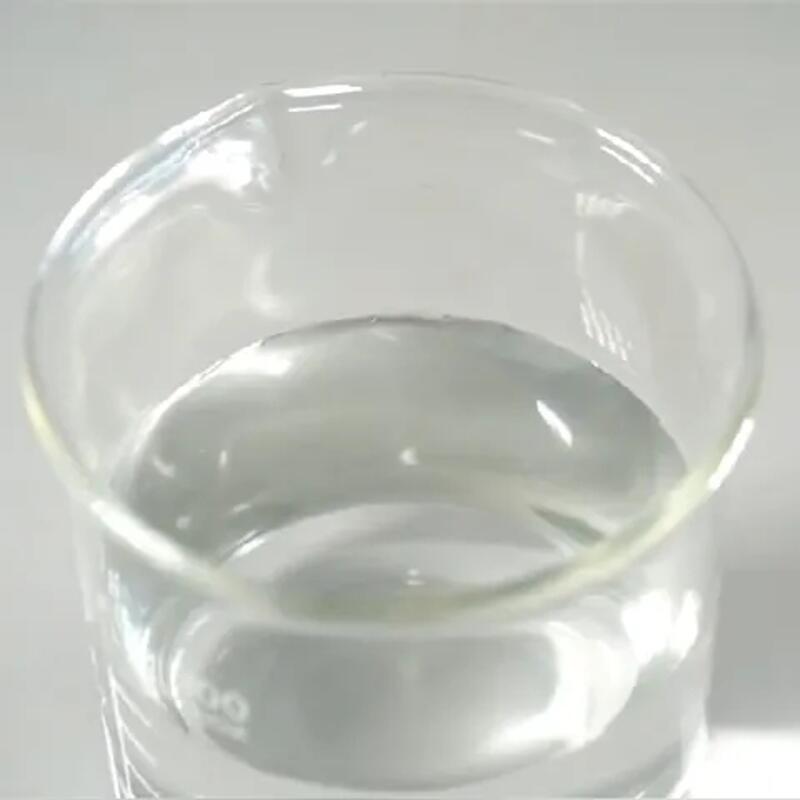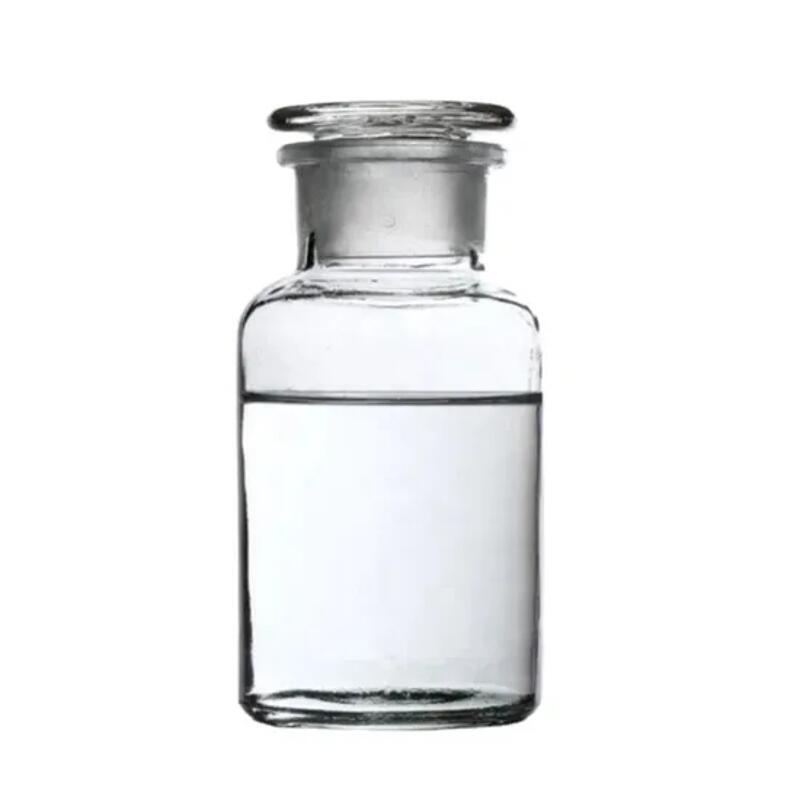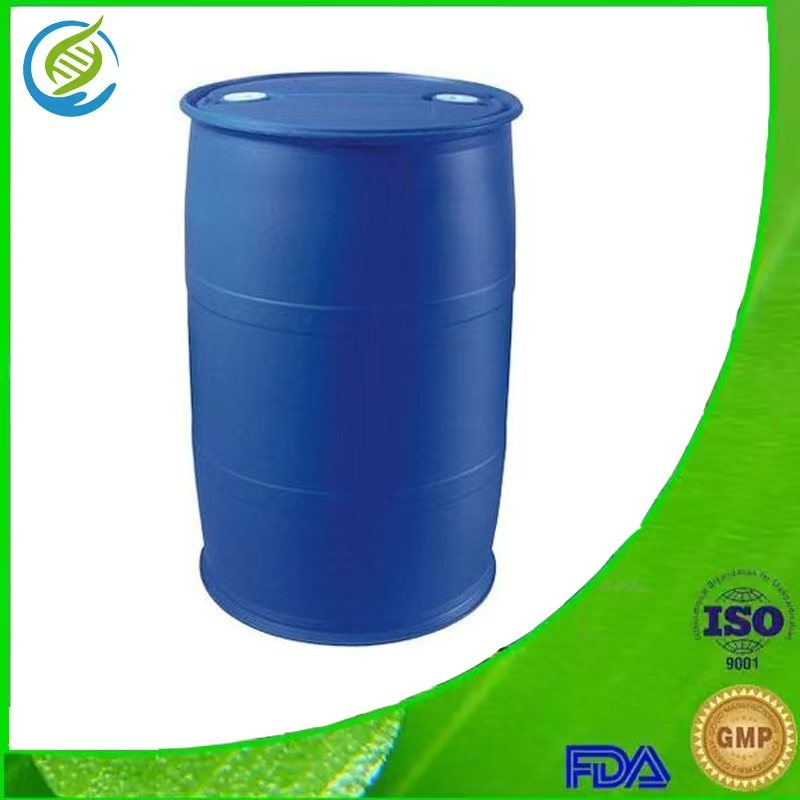1 case of opioid poisoning in patients with advanced cancer
-
Last Update: 2020-06-22
-
Source: Internet
-
Author: User
Search more information of high quality chemicals, good prices and reliable suppliers, visit
www.echemi.com
1Case introductionmale, 60 years oldJuly 2017 due to "liver occupation of more than 2 months" hospital admission, one week after admission to self-confessed intermittent bloating, after the symptoms of bloating gradually worsened, abdominal ultrasound prompted abdominal water, abdominal puncture prompted liver cancer rupture bleeding with abdominal cavityinfection, laboratory examination: ALB30g/L, DBIL7 1.2?mol/L, TBIL82.6?mol/L, ALT24U/L, AST139U/L, r-GGT178U/L, Scr317?mol/L, NH326.4?mol/LAfter treatment of hemorrhage and celiacinfectionare controlled, mentally available, re-reviewed: ALB28g/L, DBIL64.1 smol/L, TBIL72.6?mol/L, ALT19U/L, AST71U/L, r-GGT70U/L, Scr225?mol/L, NH320.9.9.Lpatients with intermittent liver pain, considering related to the liver disease, pain numerical score (nnumerical scale, NRS) score 6 to 7 points, give oral lofinline probation tablets 2 q12h, blood after 3 days of medication review: DBIL51.5 Smol/L, DBIL56.6?mol/L, ALT18U/L, AST116U/L, r-GGT80U/L, Scr312?mol/L, NH323.9?mol/LDue to poor pain control, the replacement of oral hydroxycodone slow release tablet 10mgQ12h, pain control can be, but after 3 days of medication patients appear drowsiness, call energy should, check the body visible needle-like pupil, diameter of about 1mm, body temperature: 36.4 degrees, pulse: 101 times, breath: 7 times, blood pressure: 120/62mmHgUrgent investigation of blood, liver and kidney function, electrolyte, blood ammonia, ct, etc, to exclude infection, hepatic encephalopathy, cerebral hemorrhage or occupancy lesions and other factorsTo stop hydroxycodone hydrochloride slow release tablets, sustained low-flow oxygen absorption, give naloxone hydrochloride injection relief, 1 hour after the patient's pupil enlargement, diameter of about 2mm, pulse: 98 times, breath: 14 times, blood pressure: 119/61mmHgthe day after the suspension of the drug, the patient is clear, mental, no drowsiness, check body pupils and other large isospheres, diameter of about 3mm, sensitive to light reflection, breathing 16 times, pulse 96 times, blood pressure 134/65mmHg2 Discuss the opioids are widely used in tumor patients, such as surgical assisted anesthesia, postoperative pain control and treatment of advanced cancer pain Opioid poisoning may occur when misuse, one-time dose is excessive, or liver and kidney function is inadequate Patients with mild or moderate poisoning will experience drowsiness, needle-like pupils, decreased blood pressure and pulse, weakened intestinal sound, and severe poisoning will occur in a coma accompanied by respiratory suppression and apnea in clinical , the most serious adverse reaction of opioids is respiratory inhibition, due to the combination of many factors (age, sex, body mass index, state of consciousness, co-existing diseases, combined application of other drugs, gene polymorphism, etc.), resulting in the inability to accurately predict the time and severity of respiratory inhibition There are domestic reports that patients use morphine-controlled release tablets 30mg showed signs of respiratory inhibition, while foreign reports, the daily use of morphine-controlled release tablets reached 3600 mg, but no significant adverse reactions the patient's initial analgesic program using lofindie slow release tablets, the drug is a compound preparation composed of ibuprofen and codeine, ibuprofen is a nonsteroidal anti-inflammatory drug, by inhibiting cycloxidase to the inflammatory tissue of the pain source to play a local analgesic effect, belongs to the first ladder analgesic, analgesic effect is relatively weak, but can be because of weak opioids analgesics, the need to metabolize analgesic The patient's organic function and liver and kidney function is poor, codeine may not be fully converted into morphine in the body, and NRS score of 6 to 7 points belong to moderate severe pain, so the use of the second ladder drug Lofindie inthem relief tablets analgesic effect is not good, in addition, codeine and its metabolites are mainly excreted through the kidneys, the patient's inesine removal rate is low, may further increase the kidney burden and opioid side-effect After 3 days of medication due to poor pain control, and blood creatinine than before the increase, the replacement of hydroxycodone hydrocodone hydroxycodone tablets oxycodone is an opioid receptor pure agonisant, oral absorption is good, with high bioavailability, good analgesia effect, small toxic side reaction and so on Hydroxycodone hydrochloride slow release tablet is a two-acting dosage form, that is, rapid release of phase-to-peak, 38% of the rapid release of drugs, rapid analgesia within 1h; The drug in patients with mild moderate liver insufficiency, the application of oxycodone is relatively safe, but for patient s with severe liver insufficiency, the concentration of oxycodone blood medicine changes greatly, need to adjust the drug dose of the original 2/3 to 1/2; this case patients to give hydroxycodone hydrojaride slow release tablets after the appearance of drowsiness, needle-like pupils, respiratory weakening and other symptoms of opioid poisoning, analysis of the cause: (1) poor nutrition of patients, and the previous period of tumor rupture bleeding and abdominal infection, although have been controlled, but the overall machine function decreased (2) Although oxycodone in patients with mild and moderate liver insufficiency is relatively safe to apply, but the patient's liver multiple metastasis, liver cirrhosis loss of compensation period, liver metabolic capacity is worse than normal people, so this is also one of the causes of poisoning (3) Patients with poor kidney function, low creatine removal rate, can not effectively discharge opioids and metabolites, so that the drug build-up in the body, blood concentration than normal kidney function, and the patient's pain state failed to reach a corresponding degree, so the symptoms of poisoning this case suggests that for patients with moderate to severe cancer, the initial plan should weaken the second-tier treatment, for patients with poor liver and kidney function, the choice of opioids need to be careful, should avoid the choice of codeine In addition, although the use of small doses of opioids, should also be based on the actual situation of patients, such as body condition, liver function, glophle filtration rate and other indicators, at any time to adjust the dose of medication, to avoid drug metabolism and other problems caused by poisoning, at the same time should closely observe all patients using opioids after the breathing situation, pupil reaction, early detection, early treatment, to ensure the safety of the patient drug
This article is an English version of an article which is originally in the Chinese language on echemi.com and is provided for information purposes only.
This website makes no representation or warranty of any kind, either expressed or implied, as to the accuracy, completeness ownership or reliability of
the article or any translations thereof. If you have any concerns or complaints relating to the article, please send an email, providing a detailed
description of the concern or complaint, to
service@echemi.com. A staff member will contact you within 5 working days. Once verified, infringing content
will be removed immediately.







